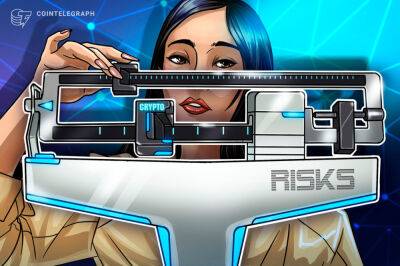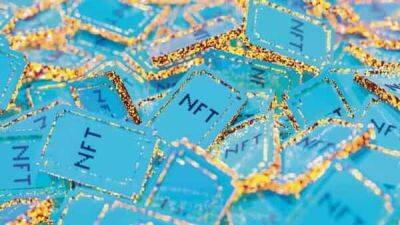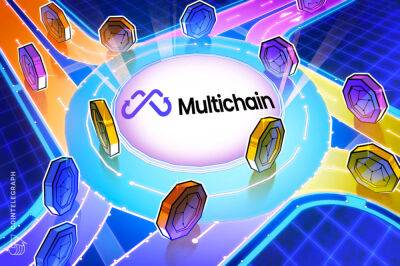Everything you need to know about Zero-Knowledge (ZK) Proofs and how they work
Since data is shared between so many computers across the world, user privacy is obviously a matter of concern.Further, blockchains focus more on decentralisation than user privacy. This means that nodes keep getting onboarded to the network to keep the database as distributed as possible.
Also, blockchains use public ledgers from which a user’s wallet address can easily be viewed using a blockchain explorer.Also Read: What is a layer 2 blockchain?So, how can blockchains ensure that user privacy is safeguarded in such a scenario? That’s where ZK Proofs come in!What are ZK Proofs?ZK Proofs are a way of authenticating data without revealing the data itself. This concept is designed to ensure that the Prover (whose data is to be authenticated) does not unnecessarily share the data with the Verifiers (the nodes).
At the same time, the Verifiers can ascertain that the Prover’s the data is valid.Since the Verifier does not know the actual information being verified — they only know that the data is true — these are called ‘Zero-Knowledge Proofs’.How do ZK Proofs work?This is a very intriguing concept, so let us understand it with an example. Think of this consensus mechanism as the process of protecting a secret.
Alice knows a secret (Prover) which needs to be verified by Bob, Charles, Dylan, and Eunice (Verifiers). But she can’t tell the verifiers what the secret is.In such a situation, the four verifiers will tell Alice to perform specific tasks which she can only execute if she knows the secret.
If she completes them, the verifiers automatically know that Alice’s secret is true without knowing the secret itself. The tasks act as ZK Proofs for the verifiers.If Alice were to keep guessing, the other four would catch her in a
. Read more on cnbctv18.com






![Analyzing if Tron’s [TRX] current bullish bias is Janus-faced - ambcrypto.com](https://gocryptonft.com/storage/thumbs_400/img/2022/5/25/43786_7at6i.jpg)


